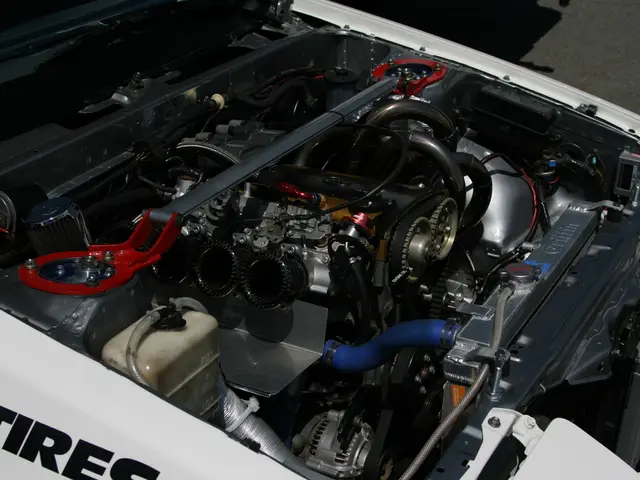The new design chief at General Motors predicts that autonomous vehicles will significantly alter the appearance of cars.
In a recent interview, Bryan Nesbitt, the newly appointed chief of global design at General Motors, has shared his vision for how autonomous driving will dramatically redefine car design.
Nesbitt, who replaced Michael Simcoe at the helm, likens this transition to the historic shift from horses to automobiles. He notes that early consumers struggled emotionally with such change, a fact illustrated by the odd practice of placing horse-head ornaments on cars to ease the transition.
Just as electric vehicles (EVs) have freed designers from traditional packaging constraints, autonomous vehicles will further transform design by influencing behaviors and integrating technology more artfully into people's lives. The key challenge, according to Nesbitt, is that advanced technology must provide obvious value and enhance lives to be accepted and succeed in design terms.
The automotive industry is currently experiencing an inflection point, not just due to electrification, but also due to the anticipated autonomy of roadways. Nesbitt believes that our relationships with cars will change dramatically in the next 20 years.
The acceptance of future vehicles depends on their ability to improve lives and provide obvious value. Nesbitt suggests that the total experience, including the artful integration of technology, is crucial for the acceptance of future vehicles.
Concept cars imagined for a world where driving is optional have been long, pea pod-shaped, and featured movable seating, tables, mini-fridges, and plants. However, these idealized designs may not be practical for everyday work commutes as they are often seen as fanciful and not suited for solitude.
Despite the exciting possibilities, the public's preferences for future vehicles remain uncertain due to the dramatic changes they will bring. Giving up control over vehicles presents a challenge, especially for car enthusiasts. However, Nesbitt is confident that the artful integration of technology will help ease this transition.
Nesbitt's comments reflect a broader shift in the industry, where technologies don't come about in a vacuum; they complement each other. As General Motors continues to innovate, we can expect to see more exciting developments in the world of autonomous driving and car design.
Read also:
- Future of Payments: If the U.S. regulates stablecoins through the GENIUS Act, according to Matt Hougan
- Discussion on WardsAuto Podcast: Electric Vehicles by Cadillac and BEVs during Trump's Presidency, along with Musk's Involvement
- Game Publishers Aim to Replicate Nintendo Switch 2's $80 Pricing Strategy
- Automotive Discussion on WardsAuto Podcast: Topics include Tesla, Tariffs, and Aisin North America CEO Scott Turpin








